The Anthropocene illusion
Zed Nelson’s photographs capture how nature has become a curated experience.
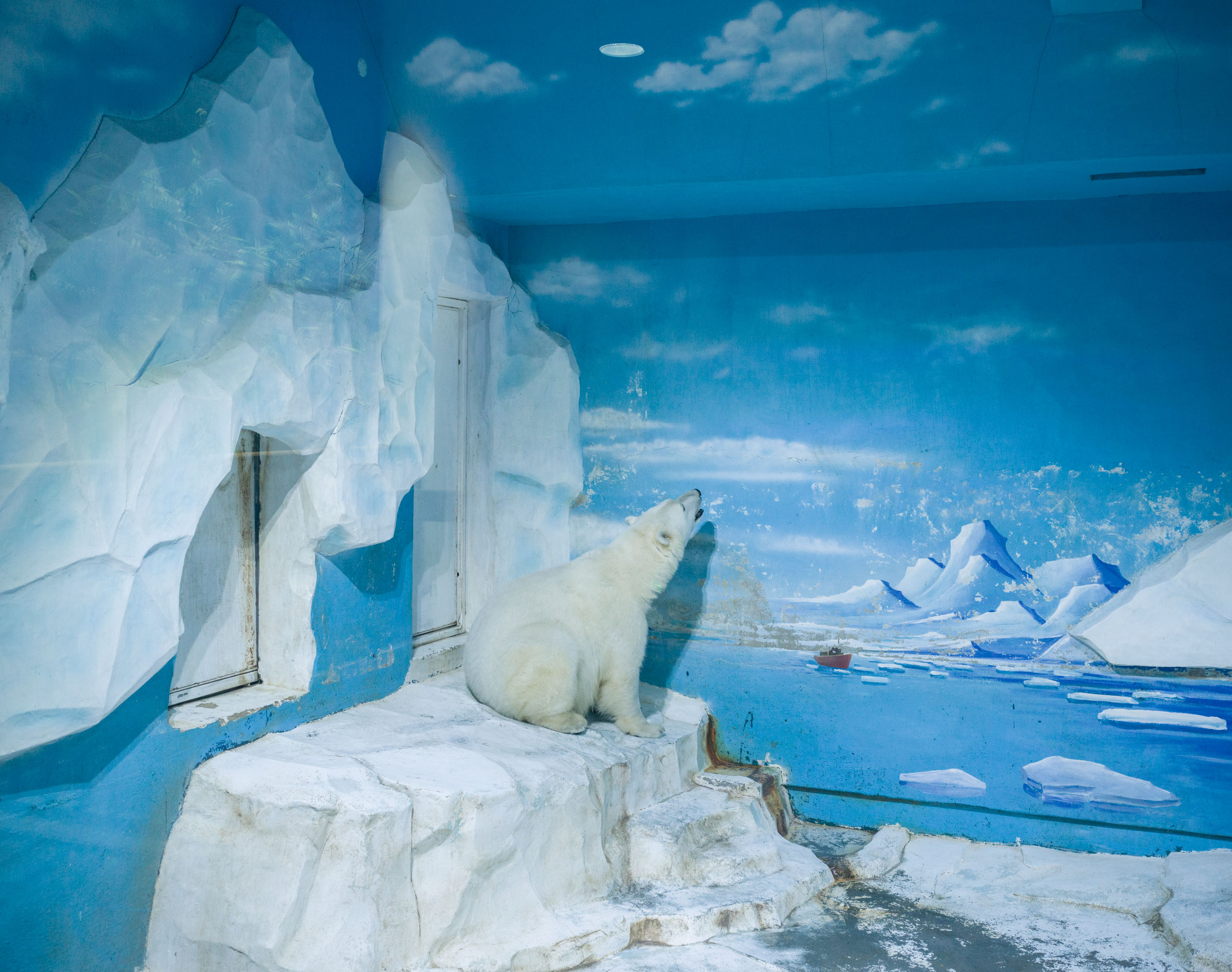
Over six years and across four continents, the London-based documentary photographer Zed Nelson has examined how humans have immersed themselves in increasingly simulated environments to mask their destructive divorce from the natural world. Featuring everything from theme parks and zoos to national parks and African safaris, his images reveal not only a desperate craving for a connection to a world we have turned our back on but also a global phenomenon of denial and collective self-delusion. “People may have flocked to see them to see the unfamiliar and the exotic,” he says. “Now they may go to see what is no longer out there, what is endangered, what we have lost.”
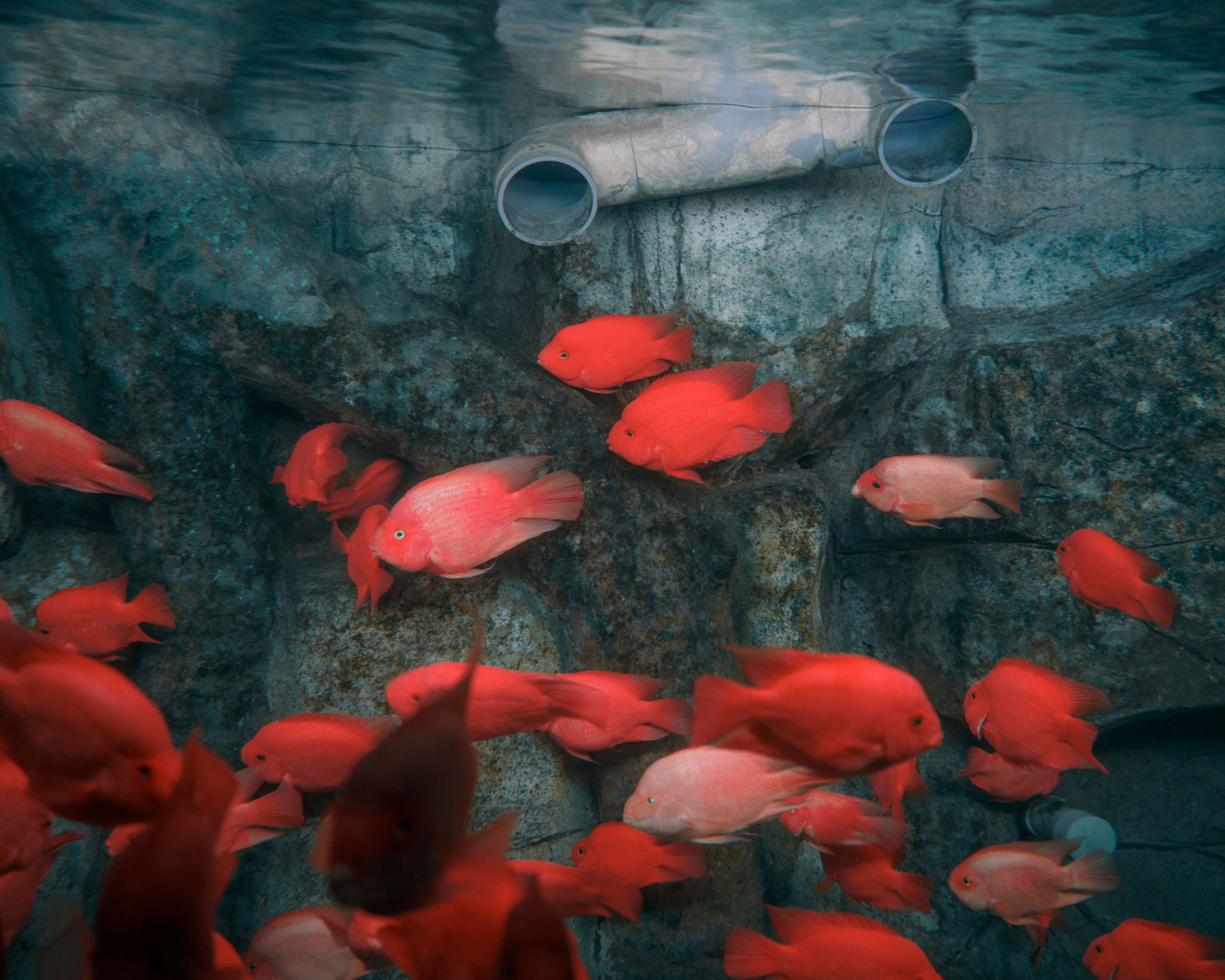
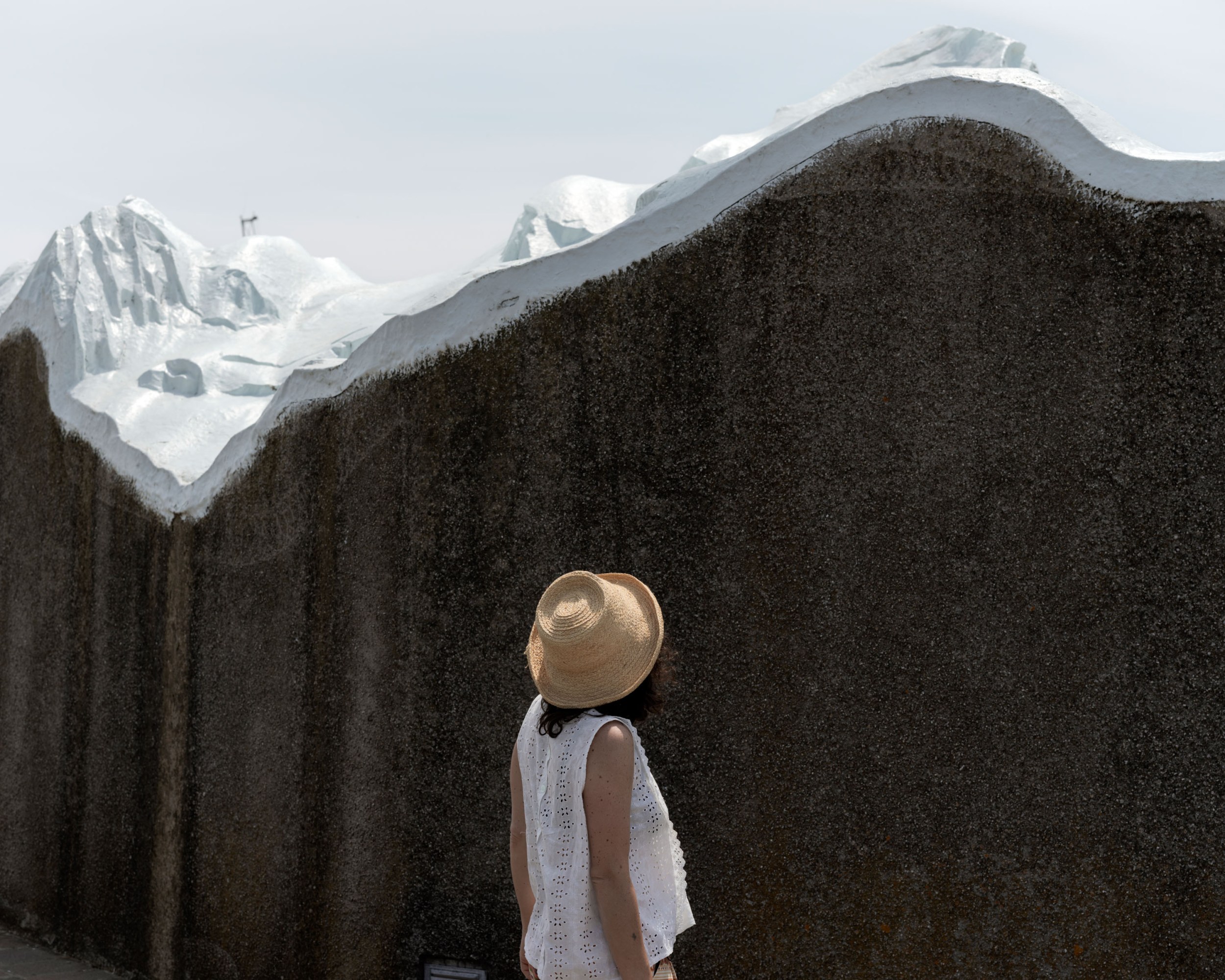
In his new photo book, The Anthropocene Illusion, Nelson writes, “In a tiny fraction of our Earth’s history, we humans have altered our world beyond anything it has experienced in tens of millions of years.” His images document our increasingly futile attempts to create a simulacrum of an Edenic natural world that none of us have actually experienced. The number of wild animals on Earth has halved in the past 40 years, and that decline shows no signs of slowing down. We are forcing animals and plants to extinction by removing their habitats. Future geologists will likely find evidence in the rock strata of an unprecedented human impact on our planet—huge concentrations of plastics, fallout from the burning of fossil fuels, and vast deposits of concrete used to build our cities.
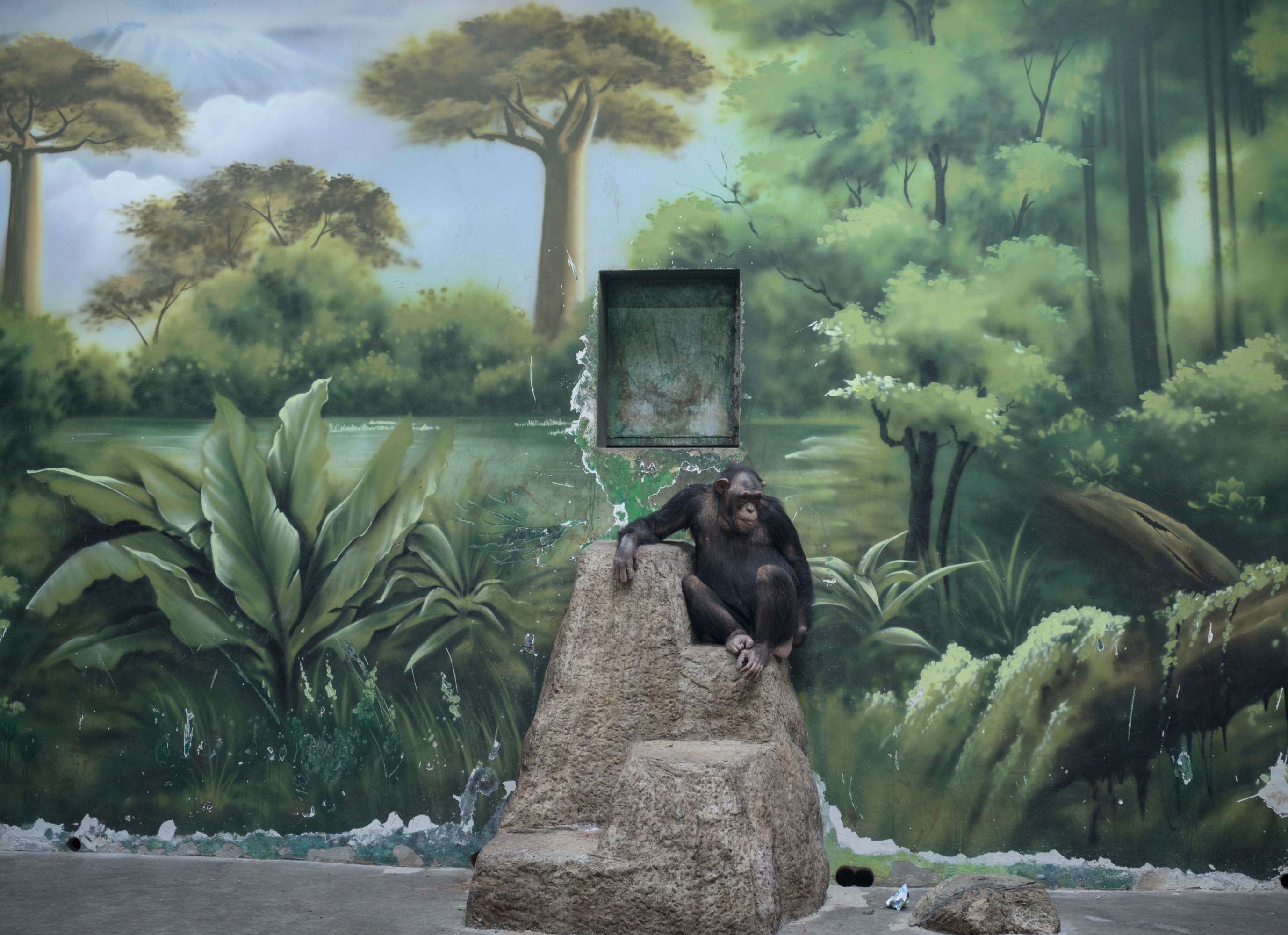
Yet deep within us, the desire for contact with nature remains. So we have become masters of what Nelson calls “a stage-managed, artificial ‘experience’ of nature, a reassuring spectacle.”
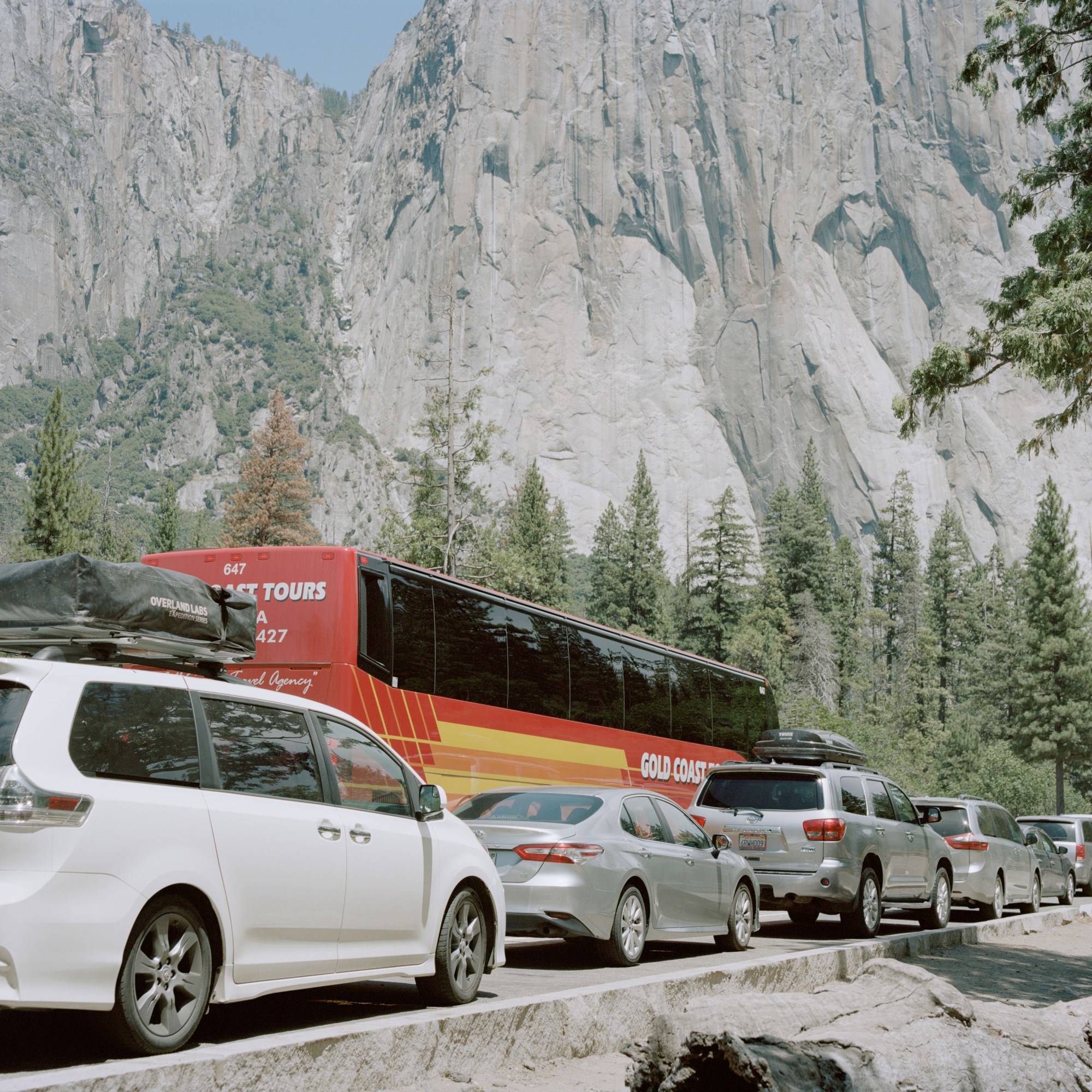
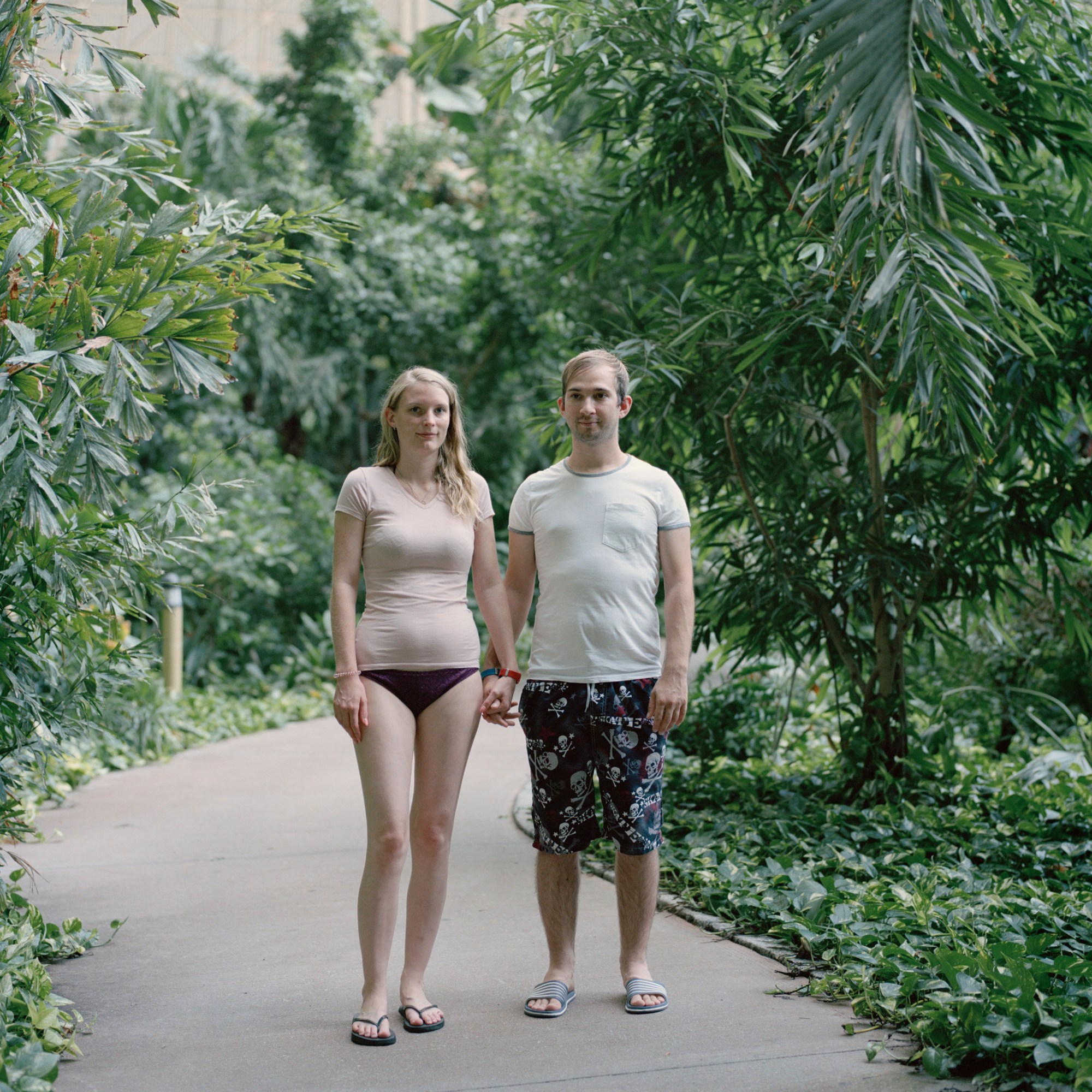
“Charles Darwin reduced humans to just another species—a twig on the grand tree of life,” Nelson writes in his book’s afterword. “But now, the paradigm has shifted: humankind is no longer just another species. We are the first to knowingly reshape the living earth’s biology and chemistry. We have become the masters of our planet and integral to the destiny of life on Earth. Surrounding ourselves with simulated recreations of nature paradoxically constitutes an unwitting monument to the very thing that we have lost.”
As Jon Mooallem observed in Wild Ones, his cultural history of wild animals and our relationship to them, “We are everywhere in the wilderness with white gloves on, directing traffic.”
Deep Dive
Climate change and energy
We did the math on AI’s energy footprint. Here’s the story you haven’t heard.
The emissions from individual AI text, image, and video queries seem small—until you add up what the industry isn’t tracking and consider where it’s heading next.
The data center boom in the desert
The AI race is transforming northwestern Nevada into one of the world's largest data-center markets—and sparking fears of water strains in the nation’s driest state.
Everything you need to know about estimating AI’s energy and emissions burden
Here’s how MIT Technology Review waded through a mess of data and hidden variables to calculate the individual and collective energy demand from AI.
Can nuclear power really fuel the rise of AI?
Tech giants are looking for more energy, but building new reactors takes time.
Stay connected
Get the latest updates from
MIT Technology Review
Discover special offers, top stories, upcoming events, and more.